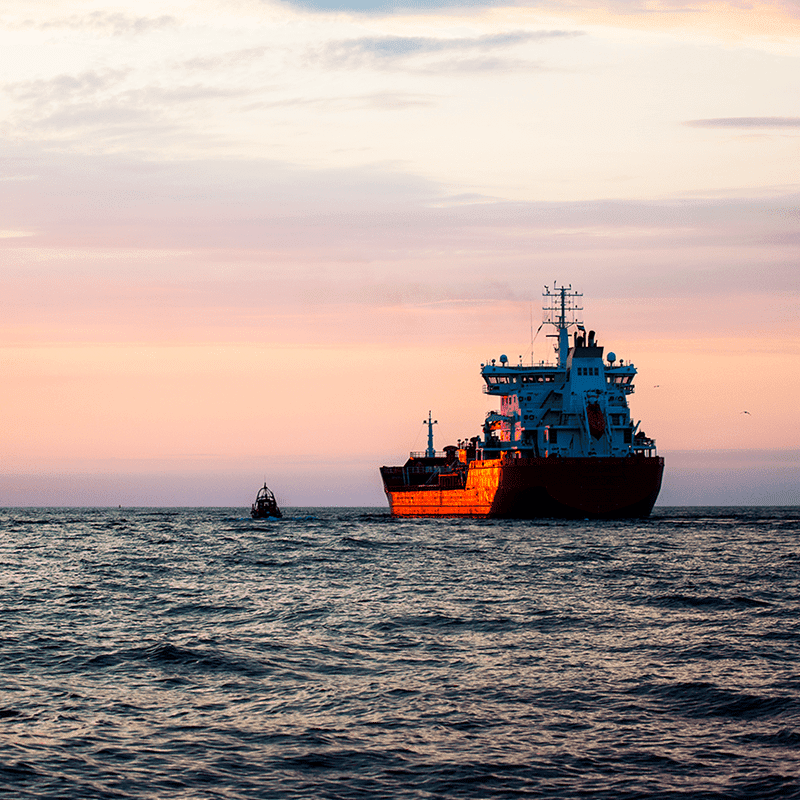BLOG
Analyzing Africa from a shipping industry perspective(1)
- Market Analysis
2020.11.17
Africa is now in the spotlight for its potential as the "last huge market" in global trade. Many people may have an image of the African continent as a place with extensive natural resources. In the 2000s, soaring prices and advances in drilling technology made it possible to exploit previously untapped deep-sea oil and natural gas sources, as well as rare metals and a variety of other natural resources. As one of our key strategic regions, we have established representatives in two African countries and are participating in various businesses in Africa.
In the first of a series of blogs analyzing Africa from a shipping industry perspective, we will look at Africa's future development and business potential from the perspective of its history and economic structure.
The African economy in terms of Trade Statistics
Africa consists of 54 countries with various degrees of economic development. First, let’s get an overview of African economies by looking at trade statistics. The chart below shows the share major countries and regions have in Africa's trade with the world. Two key points can be read from this chart, starting from the turn of the millennium. The first is that the value of exports has been growing rapidly and significantly since 2000. This is due to an increase in demand for natural resources against the backdrop of rapid economic growth in China and other emerging countries. This can be said to be a benefit of the so-called natural resource boom. Another notable change is that the main export destination is shifting from Europe to China, whereas prior to 2000 most of Africa’s exports were to European and US markets, which traditionally had close historical ties with Africa.
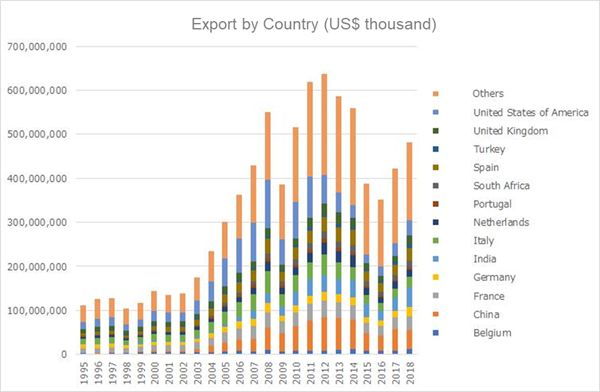
(Starting in 2000, we can see an increase in the value of exports and changes in the countries receiving exports.
Africa at the mercy of history
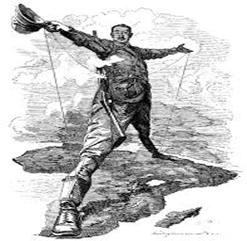
- The industrial structure of African countries has been greatly influenced by the colonial rule of European countries and the US, which began in the 19th century. In the early years, trading posts were established on the coasts during the period of the black slave trade, but from the middle of the 19th century the existence of abundant resources in the inland areas began to attract attention and these areas were recognized as a market for the supply of industrial raw materials and other resources, as well as for the procurement of incoming products. The great powers competed to embark on the territorialization of Africa, constructing railways and improving land utilization. An economy was formed that employed local people, cultivated crops for export (coffee, tea, tobacco, rubber) and produced specific items for the European countries and the US who acted as suzerains.
Unfortunately, this overly export-oriented industrial development did not have a knock-on effect on the development of those countries. The result is that this has had a major impact on Africa's industrial structure to this day and modern economies are mainly based on resource exploitation.
The main policies of African countries after independence
After World War II, many African countries gained independence from colonial rule in the 1960s. After independence, the focus was on how to break away from the colonial economy, and two main policies were adopted: The first was a policy called "African Socialism" that aims to bring back the real power of administration and the economy to Africans and aims for equality of the people. A major intervention by local governments led to the nationalization of foreign companies and the appointment of many Africans to the civil service, among other policies.The second was the industrialization of domestic production. Since it was difficult to break their dependence on developed countries by only exporting primary products (agricultural products and resources), there was a move towards local domestic production in place of imported products.
Unfortunately, these policies were not successful and led to an economic crisis in Africa in the 1980s.
The Economic Crisis and Resurgence
As the government pursued the aforementioned two main policies, the burden of government deficits increased as the government intervened deeply in the economy and the number of state-owned enterprises with inefficient management increased. In addition, in the 1980s, increased imports due to reduced food production caused by drought, the global financial crisis, and declining natural resource prices led to an increase in accumulated debt and a deterioration in the balance of payments. As a result, the public finances of African countries worsened to the extent that they had to accept the structural adjustment policies of the International Monetary Fund (IMF).
Subsequently, Africa achieved significant economic growth as it was able to ride the wave of increased demand for natural resources due to a resource boom which was driven by economic growth in emerging countries and the rise in commodity and natural resource prices due to global monetary easing. Africa's nominal GDP has increased in a similar fashion to the commodity price index (with 2015 set as benchmark 100) since 2000, indicating that it was a surge in natural resource prices and the accompanying expansion of export industries that fueled Africa's economic development.
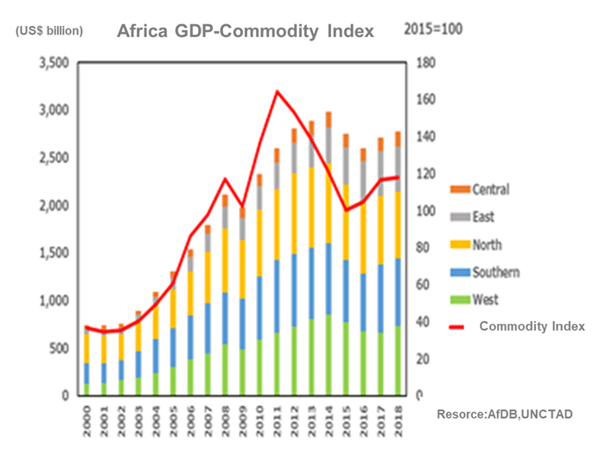
(As commodity prices rise, so does GDP.)
Shipping and Africa
As previously mentioned, since countries exports were based on exports to European countries and the US, conventional ships and containerships have been calling at Africa on a regular basis. In addition, the import of automobiles (mainly used cars) has increased in line with the growing demand for passenger cars in the African market, and this has led to an increase in the number of car carriers calling at ports.
Looking at the volume of resource exports (weight basis) during the resource boom, we can see that resource exports from Africa have increased significantly since 2000. This was accompanied by an increase in the number of bulk carriers, tankers, and other vessels engaged in the transport of resources.
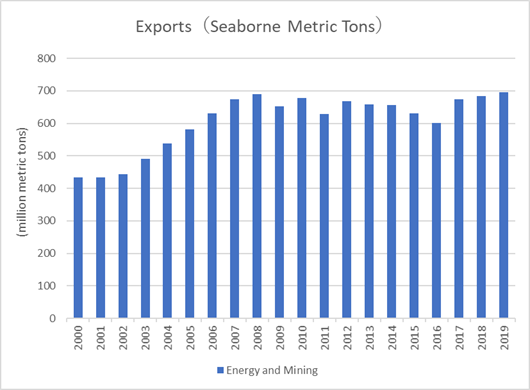
(Trends in natural resource exports from Africa during the resource boom)
Our business in Africa
Obviously, the development of Africa and the shipping industry are closely related. MOL has been transporting energy, resources, automobiles, and containers to African ports on a regular basis (container ships are currently operated by Ocean Network Express). In recent years, we have been expanding our business in Africa, particularly in the LNG and Powership areas, and in April 2020, we established a new representative for Mozambique and South Africa.
The Powership business in particular is a groundbreaking business that can supply environmentally friendly LNG-fueled electric power with minimal initial investment and short delivery times to countries in Africa where demand for electricity is tight. MOL are operating this business under the brand name KARMOL in partnership with Karpowership, a Turkish company that is a pioneer of the Powership® solution.
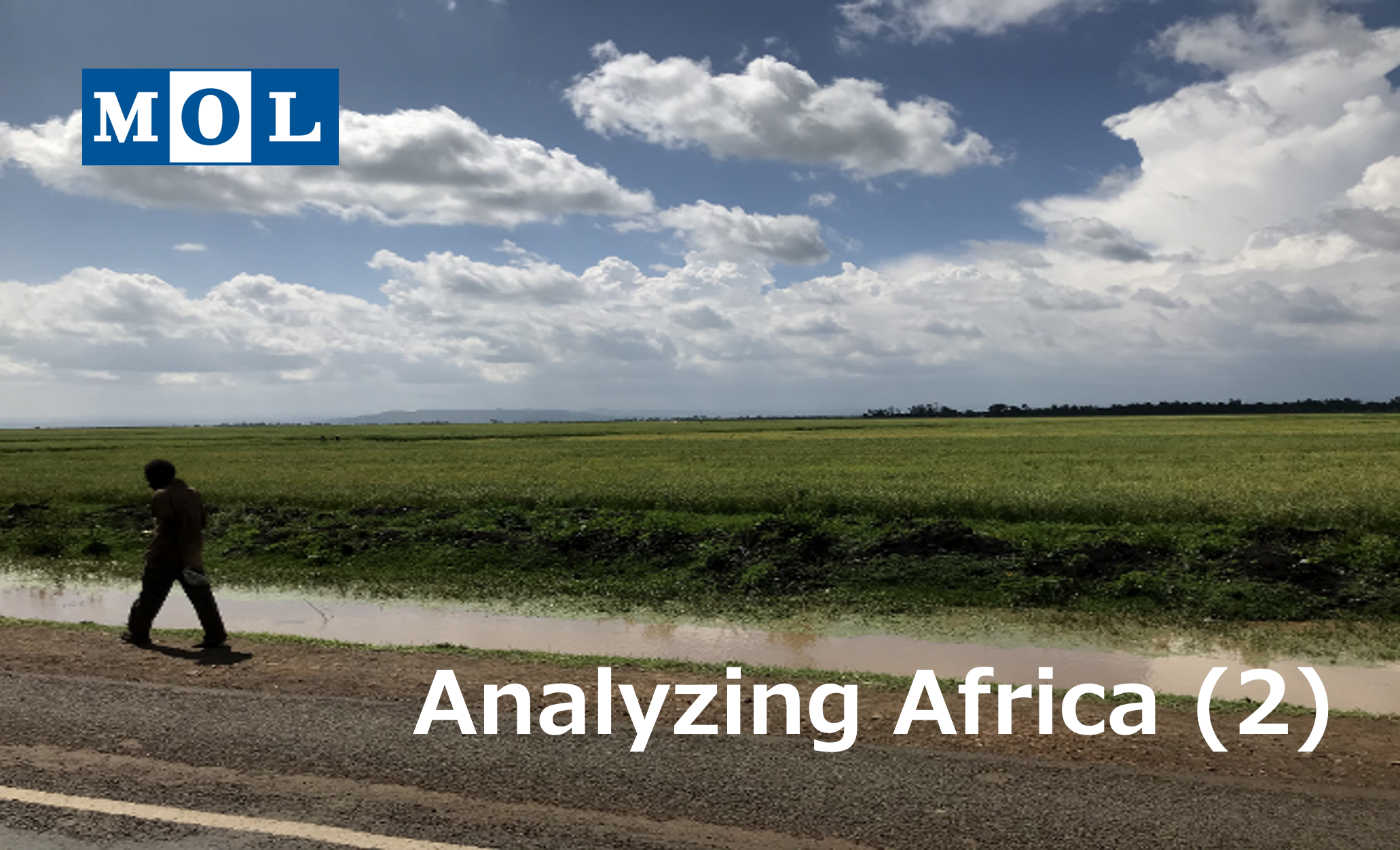
Recommended Articles
2022.07.05
- General Shipping
2021.04.13
- Energy
2023.12.19
- General Shipping
2021.08.07
- Eco Friendly
2025.03.18
- General Shipping
Latest Articles
2025.12.09
- Eco Friendly
- General Shipping
2025.12.03
- General Shipping
2025.11.20
- Energy
- General Shipping


